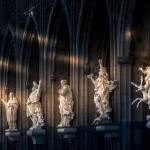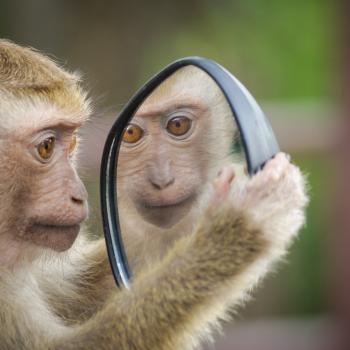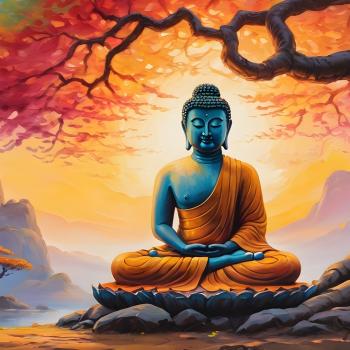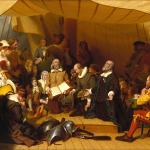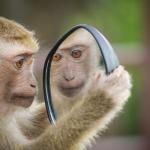Creation myths can illustrate the intersection of mythology, religion, and science. Do we interpret ancient religious texts as history or mythology?
If we examine ancient religions, we might say, “Aha, the myth of the creation… aha, the myth of the fall… aha, the myth of the flood… aha, the myth of the virgin birth… aha, the myth of the divine sonship… aha, the myth of the resurrection,” etc. These are common myths in many ancient religions.
These myths seem unique to the few ancient religions that survive, only because most ancient religions have not survived.
In The Way, I ask readers to imagine that Christianity was lost to the ages, like so many ancient religions. Imagine that archaeologists only recently discovered the Bible. Without 2,000 years of cultural conditioning, would we accept the Bible as history, or would we recognize the mythology that appeared in many other ancient religions?
Creation: Mythology and Religion
Religion is a way to understand the world around us, and many ancient religions have creation accounts.
In the West, many people believe that the universe was created by a personal God. They believe that it exists in linear time, with a starting point and an ending point. In the West, many people believe that the universe was created out of nothing, ex nihilo.
In the East, many people believe that the Universe is eternal or uncreated and that Ultimate Reality is impersonal. They believe that it exists in cyclical time, with a possibly infinite number of starting points and ending points. In the East, many people believe that the Universe emerged from either fullness (Brahman) or emptiness (the Void) or namelessness (Tao.)
Whether we adopt the Eastern worldview or the Western worldview is largely a function of our clans, our conditioning, and our cultures.
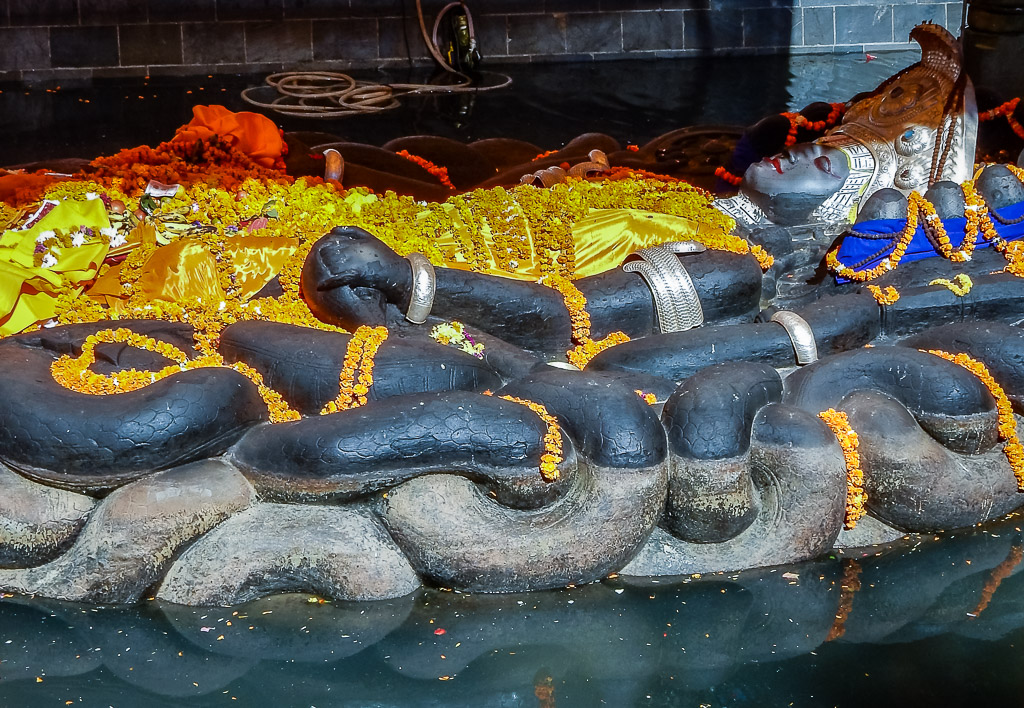
Creation: Mythology and Science
In the last few centuries, science has become another way to understand the world around us.
If we interpret religious explanations as mythology, then we can possibly reconcile scientific findings with religious myths. For example, the “Big Bang,” which scientists believe happened almost 14 billion years ago, is not inherently inconsistent with either a single creation ex nihilo or with one of many emanations from either fullness or emptiness or namelessness.
In fact, if we interpret religious explanations as mythology, then the accounts of the various religious traditions can harmonize in some ways.
Once, I discussed Buddhism with a Christian minister, expressing how unusual the concept of emptiness or Void seems. The Heart Sutra says, “Form is emptiness, and emptiness is form.” “That’s not so unusual,” he explained. “In Genesis, the term ‘formless and void’ is used to describe the primordial state of the universe, prior to creation.” That makes sense.
Another time, I discussed Buddhism with a Jewish rabbi, expressing how dualistic the Judeo-Christian creation account seems. “That’s not so dualistic,” he explained. “In Genesis, creation is analogous to the absolute appearing in the relative (Hindu) or emptiness emanating in form (Buddhism) or the nameless manifesting in the 10,000 things (Taoism.)” That makes sense.
On the Other Hand…
However, if we interpret religious explanations as history, then we will have difficulty reconciling scientific findings with religious myths.
For example, some Hindus believe that Vishnu, the god of sustenance, awakens from deep sleep on a snake coiled on the sea of creation to breathe life into the Universe and to birth Brahma, the god of creation, who creates the planets and the stars and the numerous demigods.
Most non-Hindus would NOT accept this account as history, and they would have difficulty reconciling it with science.
Likewise, some Christians believe that God created the universe in seven days from a cosmic ocean, separating darkness from light, then the sea from the sky, then the land from the sea. Later, God created the celestial bodies, the fish and the fowl, and the animals and man, eventually creating man from the earth and woman from man’s rib.
Most non-Christians would NOT accept this account as history, and they would have difficulty reconciling it with science.
Of course, the creation or emergence of the universe might have occurred without any divine intervention from any supernatural being:
- Imagine that the Big Bang occurred naturally as part of the continuous creation and destruction of the Universe.
- Imagine that life began when a lightning strike activated a simple organism in a nutrient-rich sea.
- Imagine that sentience evolved naturally or that sentience was inherent in matter and energy.
These natural explanations seem as awe-inspiring to me as the supernatural explanations.
Some say that the universe is finely-tuned (as if it were designed by a supernatural being.) However, it is possible that evolution could produce the fine tuning necessary for this universe, especially if there are an infinite number of attempts over an eternal period of time. Infinity is a really big number, and eternity is a really long time.
Creation myths can illustrate the intersection of mythology, religion, and science. Do we interpret religious texts as history or mythology?
If you want to stay up to date on the latest from You Might Be Right, simply subscribe with your email.




